Opportunity Knocks: A Workshop for ADUs and Living Space Conversions
Like nearly every large American city, Portland possesses a large stock of historic homes dating to the early 20th century and in some cases even the late 19th century. These homes were built largely in neighborhoods that were conceived before automobiles became prevalent. Here in Portland, these relatively close-in neighborhoods are often called “streetcar suburbs,” because of how a vast network of streetcars and trolleys once served residents who lacked their own cars. That means these neighborhoods also tend to be relatively compact and pedestrian-friendly.
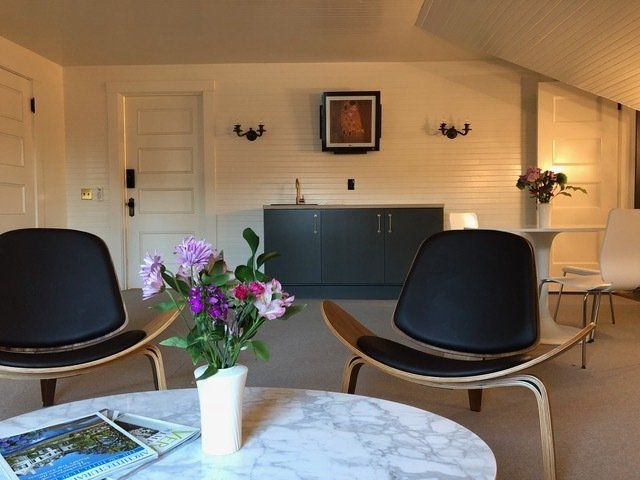
The style of these historic houses can vary greatly. There are remnants of the Victorian era, with ornament and stained glass. There are countless Arts and Crafts and Craftsman-style homes, simple yet showing off their handmade workmanship. There are many Foursquare houses and bungalows, perhaps the epitome of the white-picket-fence American Dream.
Unlike later eras of homes, these older residences tended to have basements. These spaces, as well as backyards and detached garages, can take on new life today as living-space conversions. These spaces can also take advantage of the city’s latest trend: Accessory Dwelling Units.
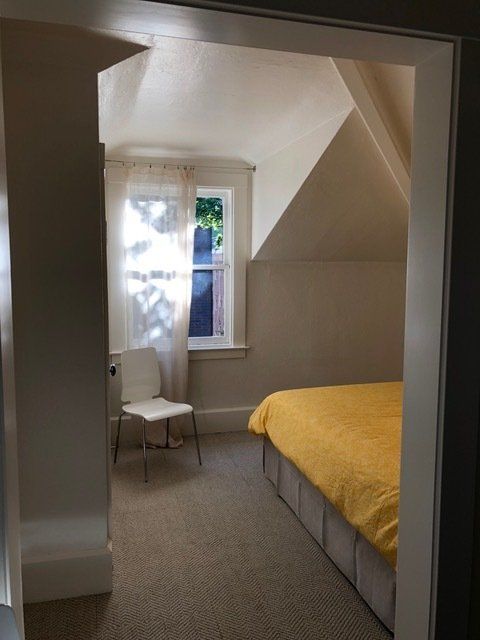
Before embarking on a remodel of old space or the creation of new space, there are plenty of factors to consider. That’s why ARCIFORM is hosting on November 21 st a special workshop on ADUs and living-space conversions. The workshop will be held at firm owners Anne and Richard De Wolf’s beautifully remodeled historic mansion, in which they have installed three short-term rental units (via Airbnb) with a unique and easy design for guests.
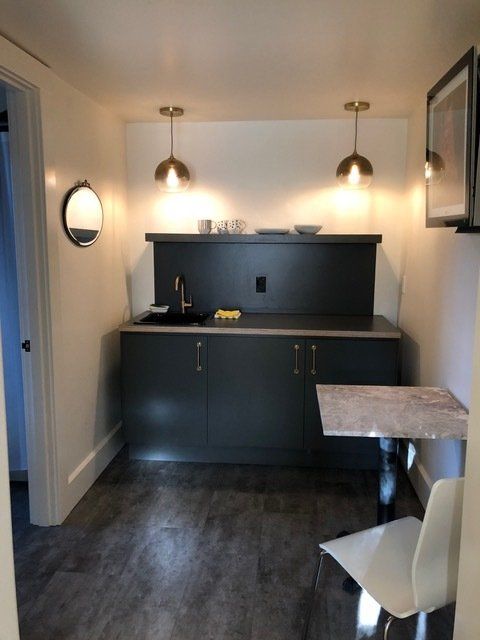
Be it space for yourself or a rental unit, designing for flexibility is key, as is being mindful of the code. Living rooms and bedrooms must be at least 70 square feet, for example. It’s also important to be aware of the distance to neighboring properties, and to plan for fire egress. To convert a space into living quarters, there are also permits that must be procured for mechanical, electrical, and plumbing, as well as attendant fees based on the overall value of the property.
Accessory Dwelling Units, or ADUs, come with a number of additional restrictions: a limit of only one per lot in most cases, for example, as well as size and design restrictions in relation to the original house. When generating income from an ADU, one is not allowed to use the home as a place of work. But renting out an ADU creates the potential for profits that can pay for the bulk of your mortgage.
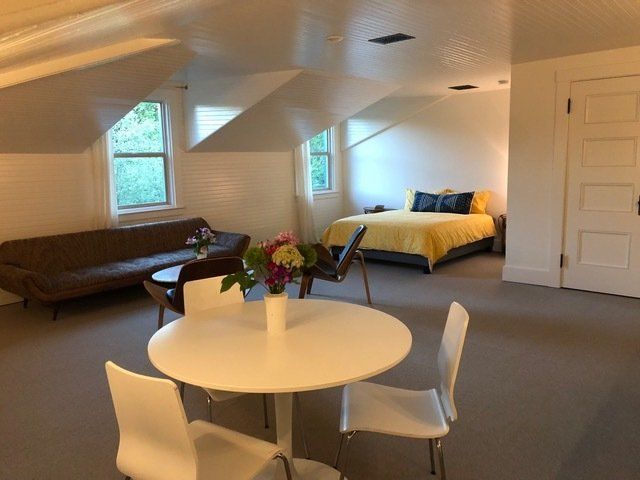
There are a few different types of ADUs: a basement, attic or garage conversion; an internal conversion utilizing rooms on the main floor of one’s home, an addition built onto a home, or detached new construction in the back yard of a home. Each can be turned into rentable space. In some cases, instead of renting out an ADU, homeowners have flipped the script: moving into the ADU themselves and renting out their home.
Since an ADU tends to be a smaller amount of square footage, space planning becomes particularly important. Combining the kitchen, dining, and living areasinto one space helps economize. But because ADUs have a smaller building footprint, therefore they can be very energy efficient.
In a sense, Portland has come full-circle. In an ongoing effort to promote density, our historic neighborhoods have become a new frontier, where the traditional single-family home can now be merely the anchor of a multi-residence property. That means not just density but opportunity for homeowners and renters alike — once one learns how to navigate this exciting opportunity.
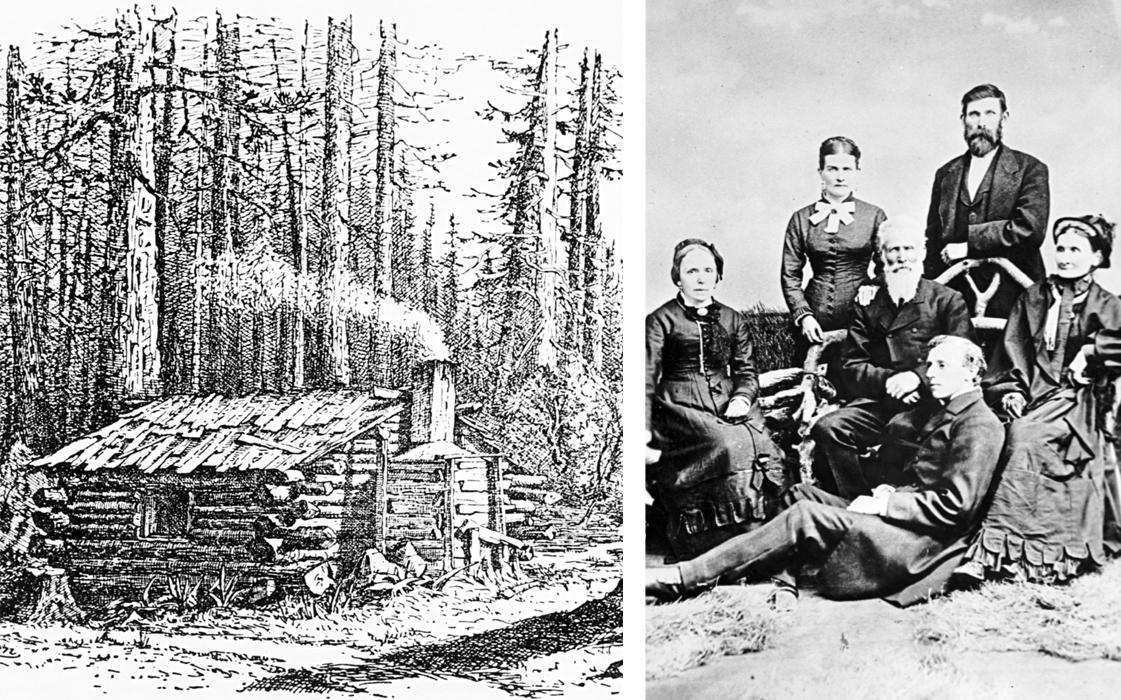
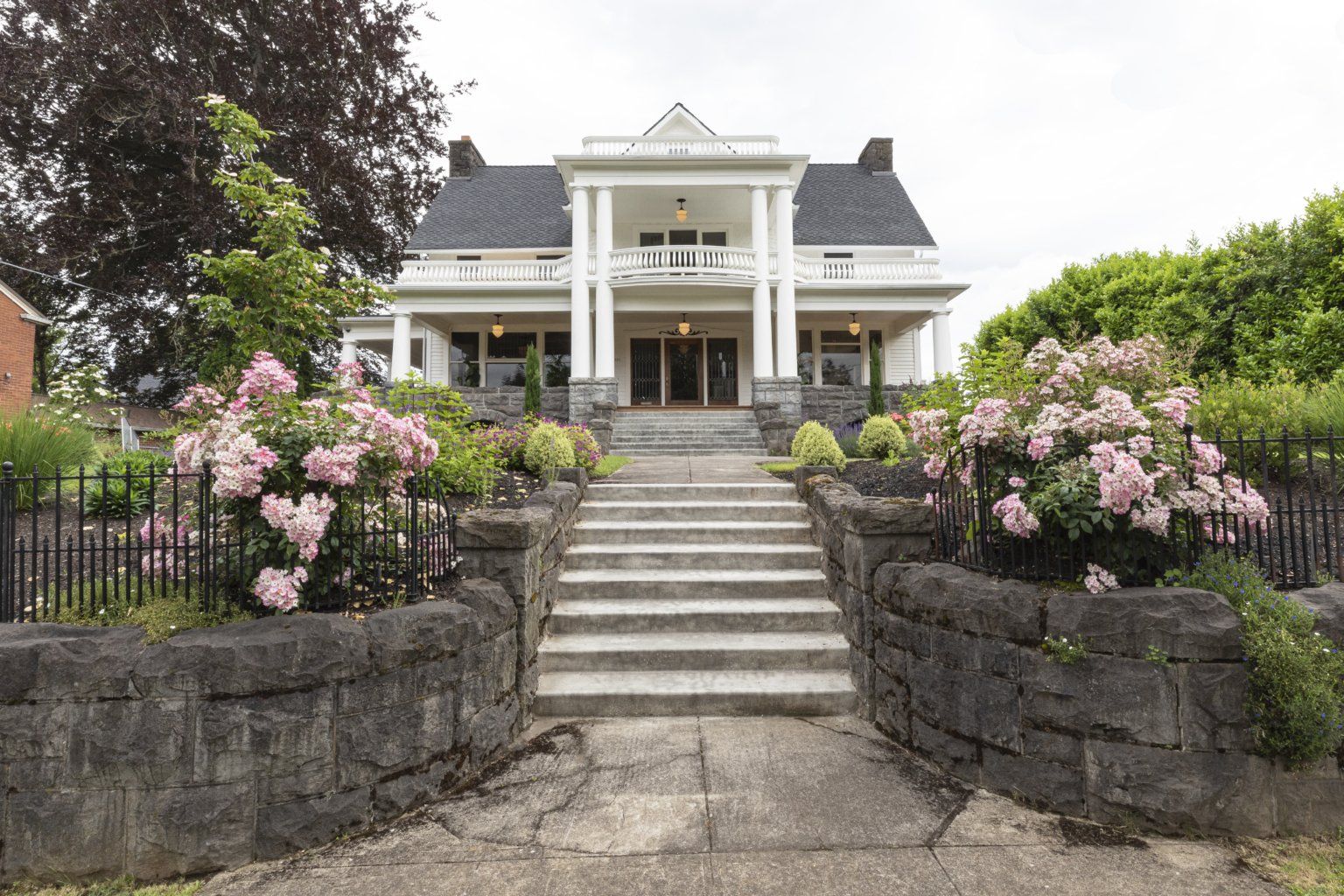





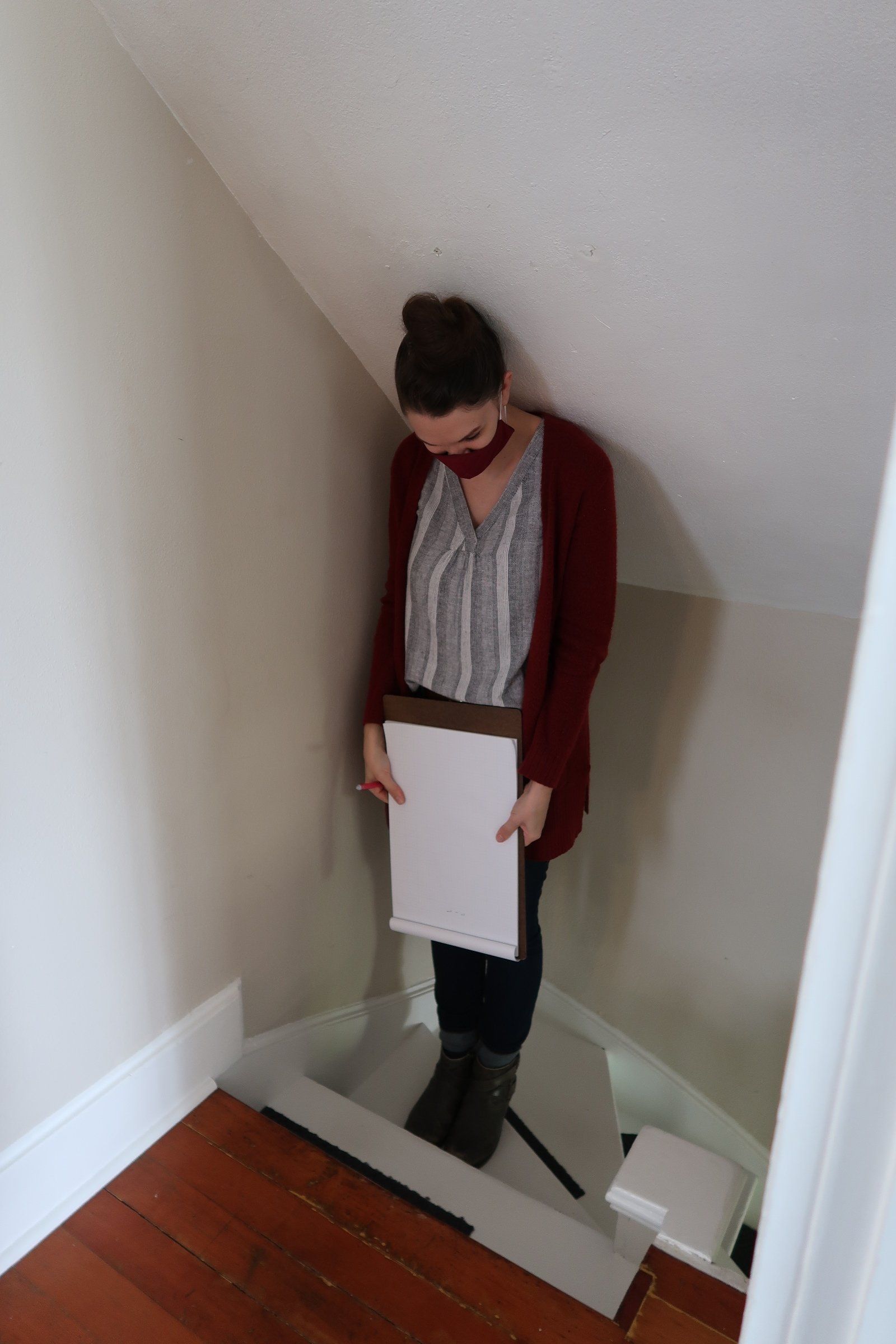
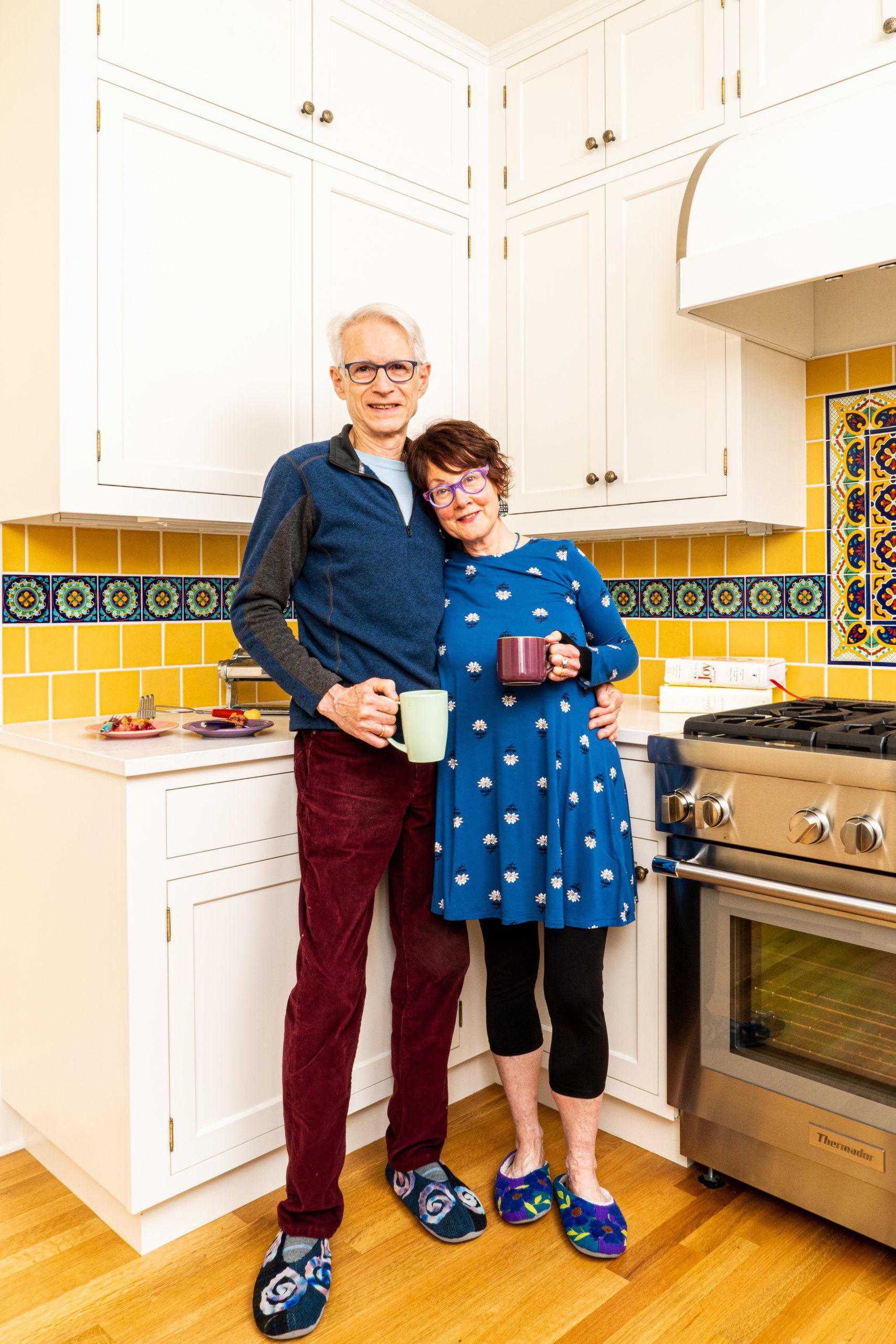
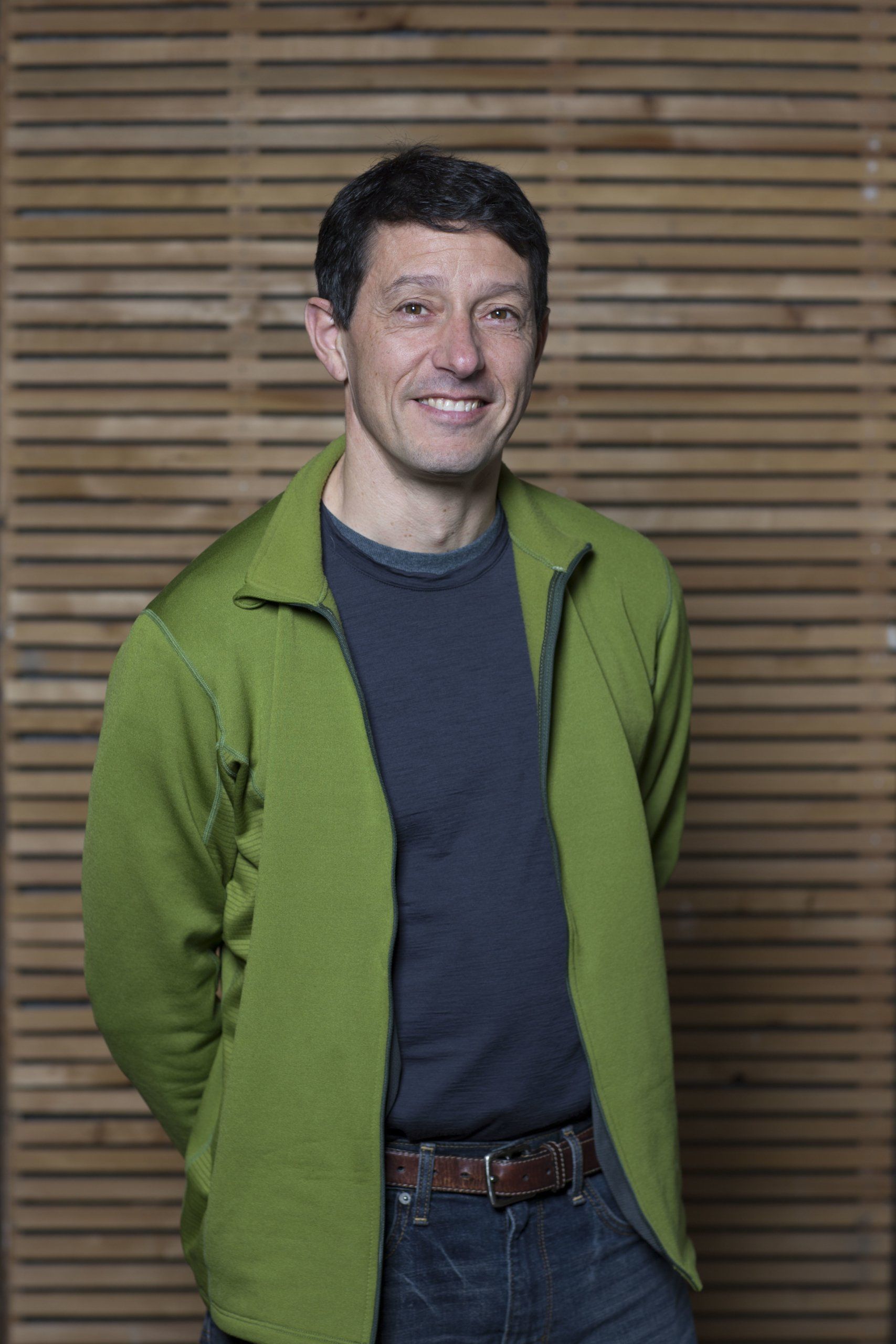

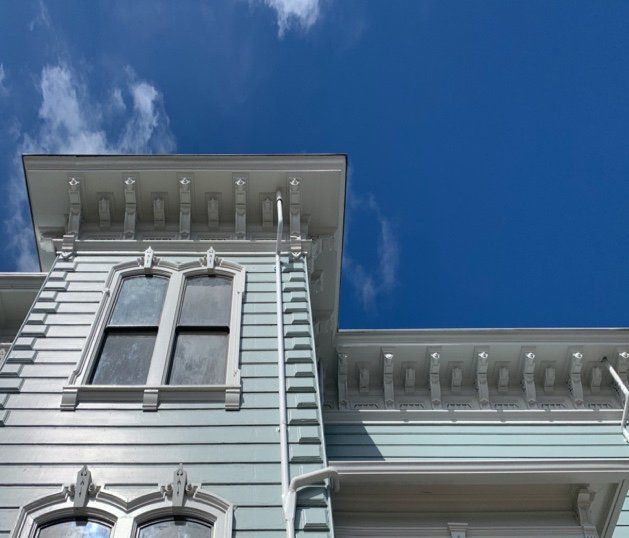
Oregon: CCB# 119917 | Washington: ARCIFL *910KJ
